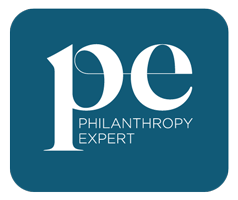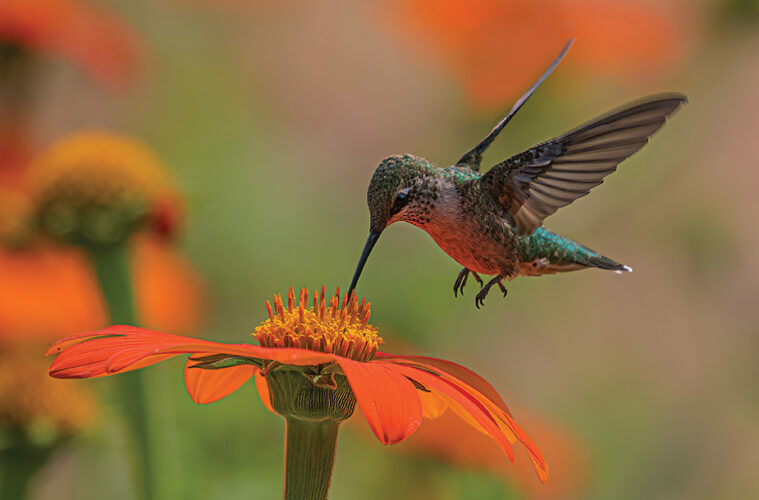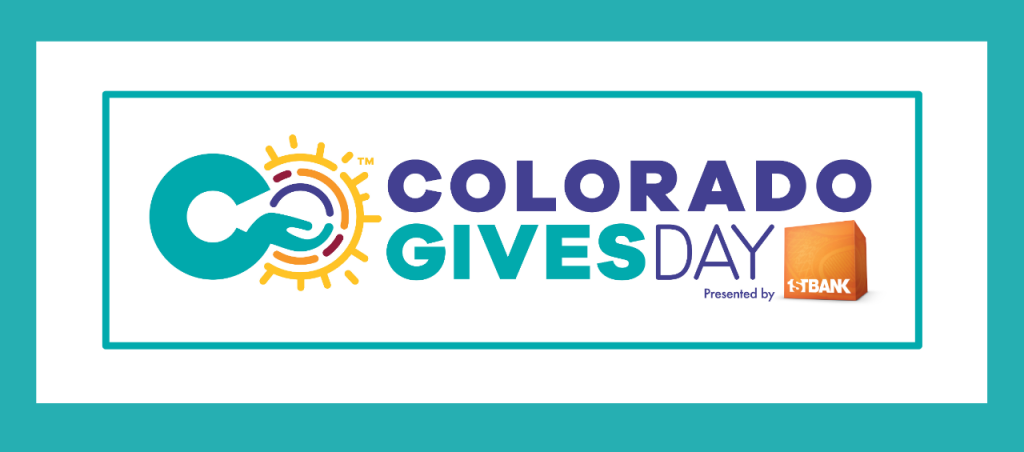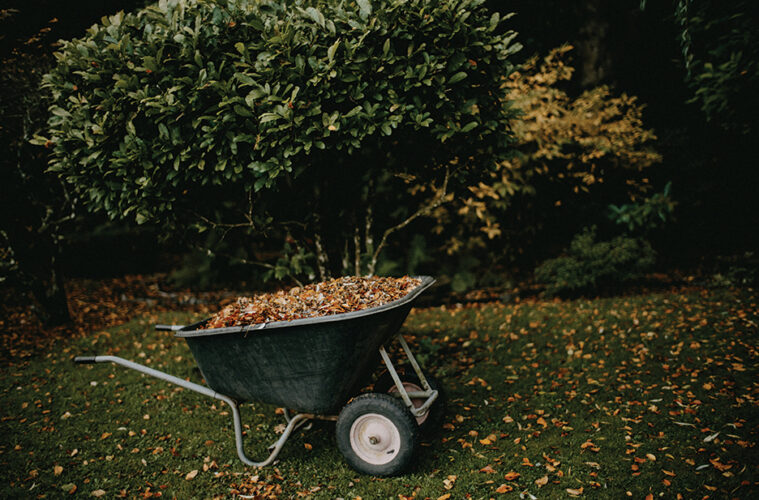Article by Mel Ulle
Here in Colorado, we are absolutely blessed to be in the presence of so… many… birds. On my back porch, at any given moment I can see a gold finch, a blue jay, a hummingbird and my nemesis, the blue heron. I hate him. He has reduced our pond’s fish population from 20 to 6. He is a real bastard, but dang if he isn’t a beauty.
My husband recently got his first Birdfy camera bird feeder, and we’re completely obsessed. Getting notifications on our phones, watching the various visitors, and seeing all the detailed close-ups of them eating is endlessly entertaining and a wonderful way to connect with the little residents of our backyard. These feathered friends (I hate myself for saying feathered friends – but it felt right), are hard at work keeping our environment healthy and balanced. Fortunately for beautiful Colorado, a number of dedicated nonprofit organizations across the state are working tirelessly to ensure that our birds thrive.
I’ll start with one which I am fairly familiar with, the Bird Conservancy of the Rockies. This organization has a broad reach, from the Rockies into the Great Plains and even south to Mexico. Their work is a combination of scientific study, public outreach, and land management. They conduct extensive bird surveys, which help us understand bird populations and how they’re faring. This information guides their land stewardship efforts, where they collaborate with landowners to improve and restore areas for birds. Their educational programs bring people closer to nature, helping to create an appreciation for birds and the need to protect their homes.
Then we have the various Audubon chapters scattered throughout Colorado, like the Denver Audubon, (Nicole Bopp, their Executive Director is a star) and Audubon Rockies. While affiliated with the National Audubon Society, the local groups often direct their own initiatives, focusing on issues directly in our communities. Their activities are diverse, ranging from leading birding field trips that introduce people to local avian species, to advocating for habitat protection, and engaging in community science projects. Denver Audubon, for example, conducts bird banding at Chatfield State Park, which gives folks a unique opportunity to see wild birds up close and contributes to research on their movements and populations. I became interested in Audubon after reading Colorado’s own Mark Obmascik’s book, “The Big Year: A Tale of Man, Nature, and Fowl Obsession.” The movie is great too. I advise you to check it out and allow yourself to get a little obsessed with birding.
The Colorado Field Ornithologists (CFO) are deeply involved in studying Colorado’s birds and advocating for their preservation. They support research, organize educational programs, and even host a “Colorado Birding Challenge,” which is a fundraiser for conservation initiatives. Their work helps to gather valuable field observations that inform broader conservation efforts. If you’re interested, their conference will be in Loveland next spring.
I know we shouldn’t have favorites, but I have to admit that I’m biased. Maybe it’s because my spirit animal is the red-tailed hawk, but my absolute girl crush bird nonprofit is the Rocky Mountain Raptor Program in Fort Collins. They have a staggeringly brilliant Executive Director, Carin Avila, who while on a phone call with me once asked me if there were osprey in the background. She recognized their calls. They were probably 50 feet away from me. Genius, I tell you. Her team is doing amazing work with birds of prey – hawks, eagles, owls, and falcons – providing rehabilitation and also incredible educational programs. They introduced me to my first screech owl. Raptors are just so cool, with their crazy sharp eyesight and mad hunting skills; seeing them up close really drives home their significance in the ecosystem and overall badassery.
So, why do these organizations put so much effort into birds? It’s simple: birds are critical to our survival. They are natural pest controllers, consuming vast quantities of insects, and small mammals that could otherwise devastate crops and gardens. Many species are pollinators, helping plants reproduce, including those that provide us with food. They’re nature’s clean-up crew, with vultures and crows clearing away carrion, which helps prevent the spread of diseases. Birds also spread seeds far and wide, helping plants colonize new areas and maintaining diverse landscapes.
You may not know that birds are environmental indicators. Remember that phrase, “canary in a coal mine?” That was real! The term is used to describe something that serves as an early warning of danger or impending disaster. This idiom comes from a literal practice that was common in coal mines for nearly a century, particularly in countries like Britain, the United States, and Canada, starting around 1896. Coal mines were dangerous places, often filled with invisible, odorless, and deadly gases like carbon monoxide. Canaries, being small birds with very high metabolisms and rapid breathing rates, are much more susceptible to these toxic gases than humans. Miners would carry these birds in cages and if the canary stopped singing, became agitated, or collapsed, it was an immediate signal that the air was unsafe, giving the miners time to evacuate. This legit, life-saving technique, where the bird essentially acted as a living gas detector, continued until more reliable electronic detectors were developed.
Back to my point, changes in bird populations signal broader issues within an ecosystem, giving us an early warning system about the health of our planet. When birds are struggling, it’s often a sign that something is wrong with the environment that could eventually affect all of us.
Having a heads up on Doomsday is important, but more relevant to me (at least today) is the simple fact that birds bring immense joy and beauty to my life. Their songs, colors, and flight pull me out of my world behind a screen and connect me back to the wild and give me my daily dose of wonder. In our current world that often leaves me feeling unsafe and untethered, one thing remains constant: every morning, I wake to the sound of birdsong. That simple, consistent melody brings me peace and gives me a reason to open the curtains and get out of bed.
Read Melanie Ulle’s monthly Making a Difference Articles at Urban Life Wash Park.





